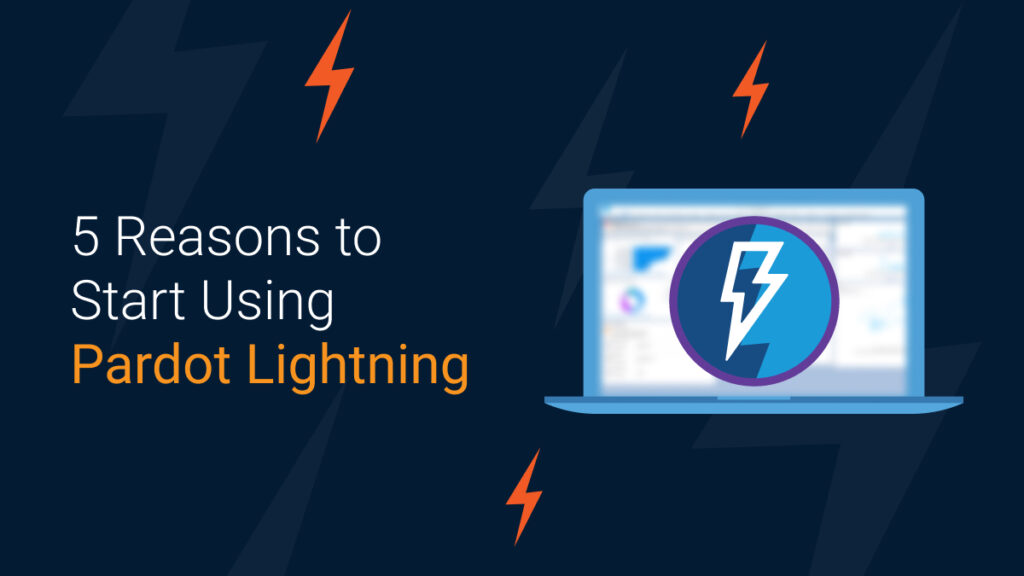Automate Marketing to Businesses with Pardot Lightning App
Automating marketing to businesses with Pardot Lightning App involves setting up and configuring Pardot, a marketing automation tool from Salesforce, to streamline and optimize your marketing efforts. Pardot helps you nurture leads, personalize communications, track interactions, and measure campaign effectiveness. Here’s a guide on how to automate marketing to businesses using Pardot’s Lightning App:
-
Set Up Pardot and Salesforce Integration:
- Ensure you have Salesforce and Pardot accounts. Pardot is natively integrated with Salesforce.
- Enable the Pardot Lightning App in your Salesforce instance.
-
Create Prospect Lists:
- Segment your target businesses into different lists based on criteria such as industry, company size, location, etc.
- Import or sync your prospect lists from Salesforce or external sources into Pardot.
-
Lead Nurturing and Automation:
- Create engagement programs: Design automated email nurture campaigns that deliver targeted content to your prospects over time.
- Use Engagement Studio: Pardot’s visual campaign builder to create complex automated workflows that respond to prospect behavior.
-
Personalization:
- Leverage dynamic content: Tailor email content based on prospect attributes, such as industry or role.
- Implement dynamic lists: Automatically add or remove prospects from lists based on their behavior or profile changes.
-
Lead Scoring and Grading:
- Set up lead scoring: Assign point values to prospect actions (e.g., email opens, website visits) to identify the most engaged leads.
- Implement lead grading: Assign letter grades based on prospect attributes (e.g., job title, company size) to assess lead quality.
-
Automated Campaigns:
- Build and schedule email campaigns: Use Pardot’s email builder to create and schedule campaigns to specific prospect segments.
- Triggered emails: Set up automated emails based on prospect behavior, such as abandoned carts or form submissions.
-
Landing Pages and Forms:
- Create landing pages: Build customized landing pages to capture prospect information and promote gated content.
- Design forms: Design forms to collect prospect data and track their interactions.
-
Lead Tracking and Analytics:
- Implement tracking: Embed tracking code on your website to monitor prospect interactions and behavior.
- Analyze data: Use Pardot’s reporting and analytics to measure campaign performance, lead engagement, and ROI.
-
Integrate with CRM:
- Sync data: Ensure seamless data synchronization between Pardot and Salesforce to provide a complete view of prospect interactions.
- Use automation rules: Automate processes like lead assignment, campaign tracking, and data enrichment between Pardot and Salesforce.
-
A/B Testing:
- Test campaigns: Use A/B testing to optimize email subject lines, content, and design for better engagement and conversion rates.
-
Social Media Integration:
- Connect social media accounts: Integrate your social media accounts to schedule and track social posts and engagement.
-
Continuous Improvement:
- Regularly analyze reports and data to refine your marketing strategies and improve campaign outcomes.
Remember that Pardot’s capabilities are extensive, and the steps mentioned above provide a high-level overview. Depending on your specific goals and business needs, you can customize your Pardot implementation to create a tailored marketing automation strategy for businesses. It’s recommended to explore Pardot’s documentation, attend training sessions, and consult with Salesforce experts to make the most of the Pardot Lightning App.

